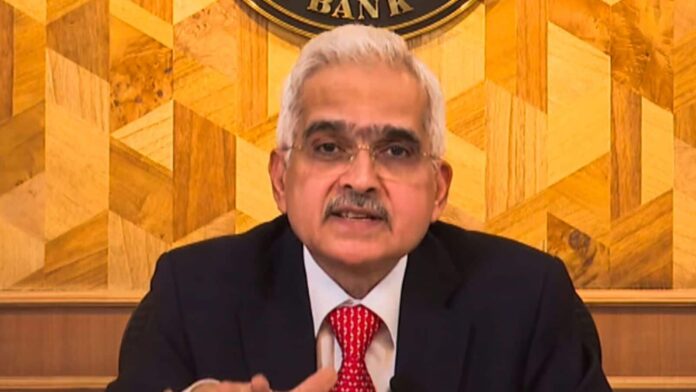This is important, as there has been a growing clamour for an immediate repo rate cut as growth had slowed down in the second quarter of 2024-25. The central bank held that rate steady at 6.5%.
But it is not surprising that this time, two of the MPC members voted for a rate cut, which means that it may not be long before we do see the MPC cutting rates—which is likely to be in February, provided the prevailing inflation rate and inflationary environment look stable.
The overall market reaction to the policy has been neutral, gauging from the movement in stock indices and bond yields. There has been considerable respite offered by means of a 50 basis points cut in the cash reserve ratio (CRR) to 4% of net demand and time liabilities.
This is something that has been an issue for banks with liquidity having been volatile in the last 10 days or so. Given that conditions would tighten in the coming weeks, the CRR cut would help tide over tax flows as well as possible volatile foreign portfolio investment outflows.
The timing is appropriate, with CRR tranches to be released on 14 and 28 December, when advance tax payments peak and quarter-end pressures increase respectively. It can also be said that, in a way, this measure conveys a signal of monetary easing—which is consistent with the neutral stance that has been maintained this time.
Now, what has RBI done in terms of its projections of growth and inflation? These are important for two reasons. First, they provide an authoritative official view of where the economy is headed, and second, also provide guidance for interpretation of future action.
While most analysts have their own takes on growth and inflation, RBI projections would be the ones that the MPC would consider when deciding on policy. Hence, hypothetically, if projections are not sanguine for, say, inflation, then it can be said that it becomes that much harder to argue for a repo rate cut.
On growth, the forecast for this fiscal year has been lowered to 6.6%. This would still be in the range of what the government’s 6.5-7% projection. This lowering was expected, given the economy’s performance in the second quarter (growth of only 5.4%), which upset all calculations.
RBI expects a recovery in the second half of the fiscal year. This is premised on industry doing better, with the three sectors of oil, steel and cement turning around after a sober performance in Q2. A takeaway here is that if growth would average 7% in the second half, there is reason to assume that the economy would be back on a stable path and hence wouldn’t be a worry.
By implication, a decision on the repo rate could be taken, provided inflation is under control, as growth would not be a concern.
For inflation, RBI has raised its forecast to 4.8% for 2024-25. This includes 5.7% for the ongoing third quarter, which will be the number that the MPC would use in its policy discussion next time.
The November and December numbers would tend to also be elevated and would average around 5.4% in November and December. Therefore, any decision to go in for a repo rate cut in February will have to be based on future inflationary conditions. This would depend on what happens with food prices.
The kharif season crop arrivals should show up in lower mandi prices across the board. The winter vegetable crop should push down prices, thus lowering the inflation rate. The problem zone today is edible oils, which have three disadvantages: higher global prices, higher duties and a negative base effect.
This can spoil the possible party and hence needs monitoring. There is broad acceptance that food inflation can moderate only in the fourth quarter.
The latest monetary policy hence does hold out hope for industry and markets awaiting a rate cut. One seems around the corner.
The sequencing has been cogent. First, RBI’s stance was changed in its October policy. In December, the CRR has been cut, taking it back to the level before the tightening phase started in 2022. Logically, February should see a rate cut, provided India’s inflation numbers look acceptable.
These are the author’s personal views.
The author is chief economist, Bank of Baroda, and author of ‘Corporate Quirks: The darker side of the sun’
#Pivot #wait #RBIs #monetary #policy #points #rate #cut #February
